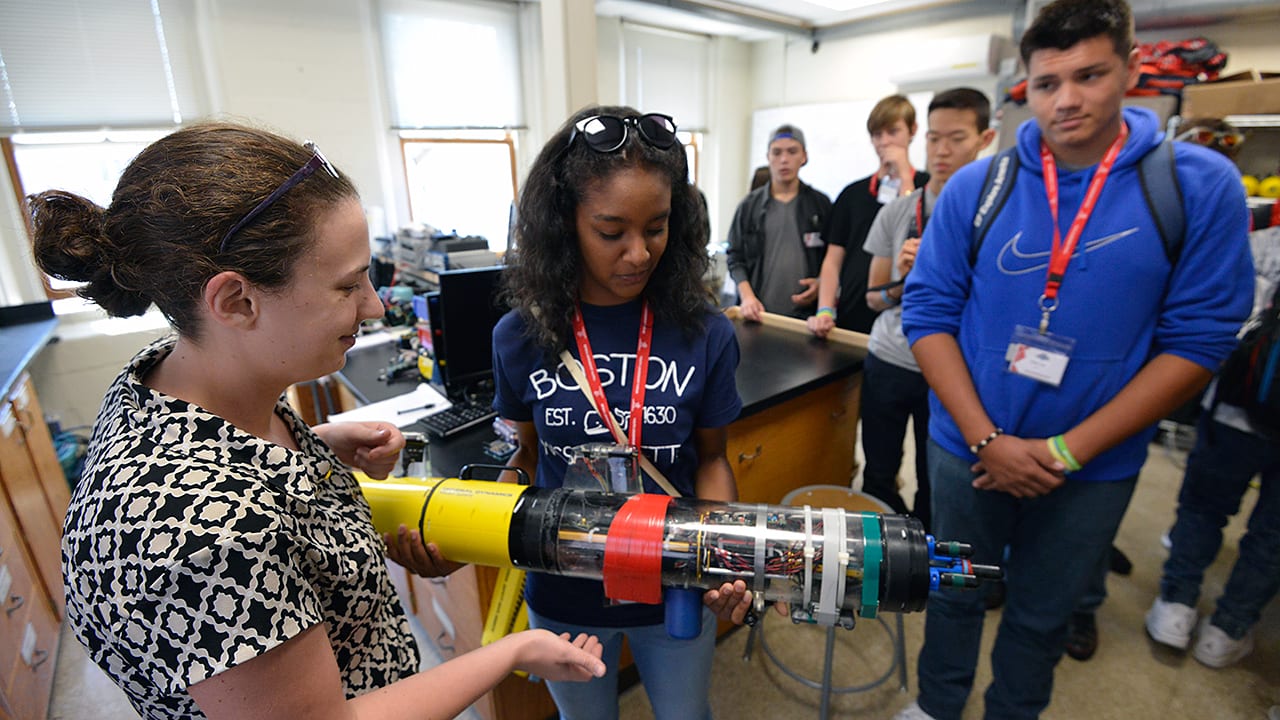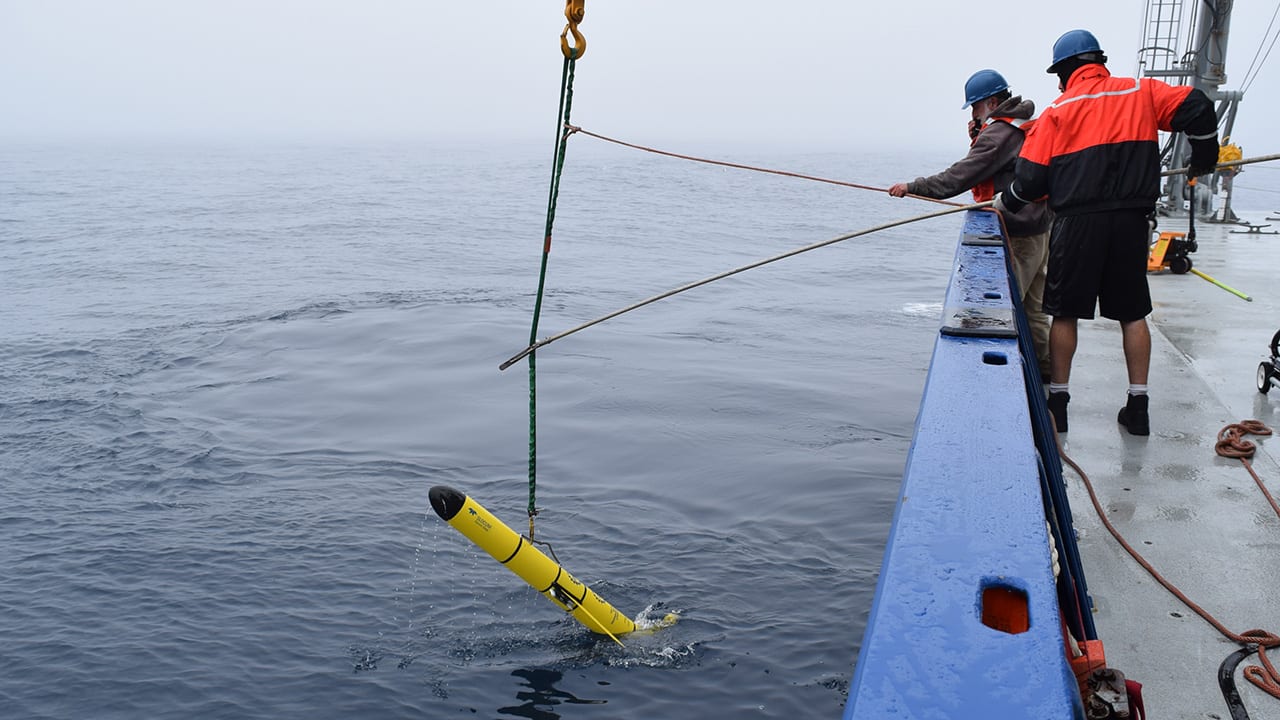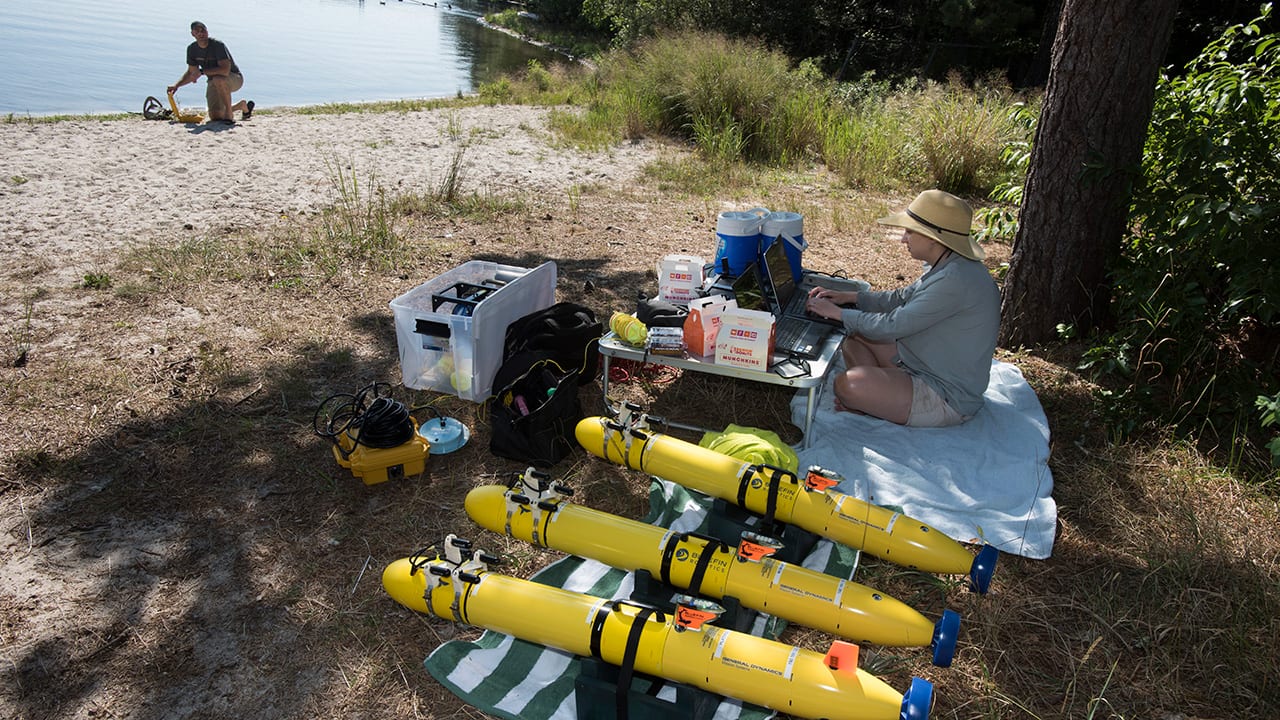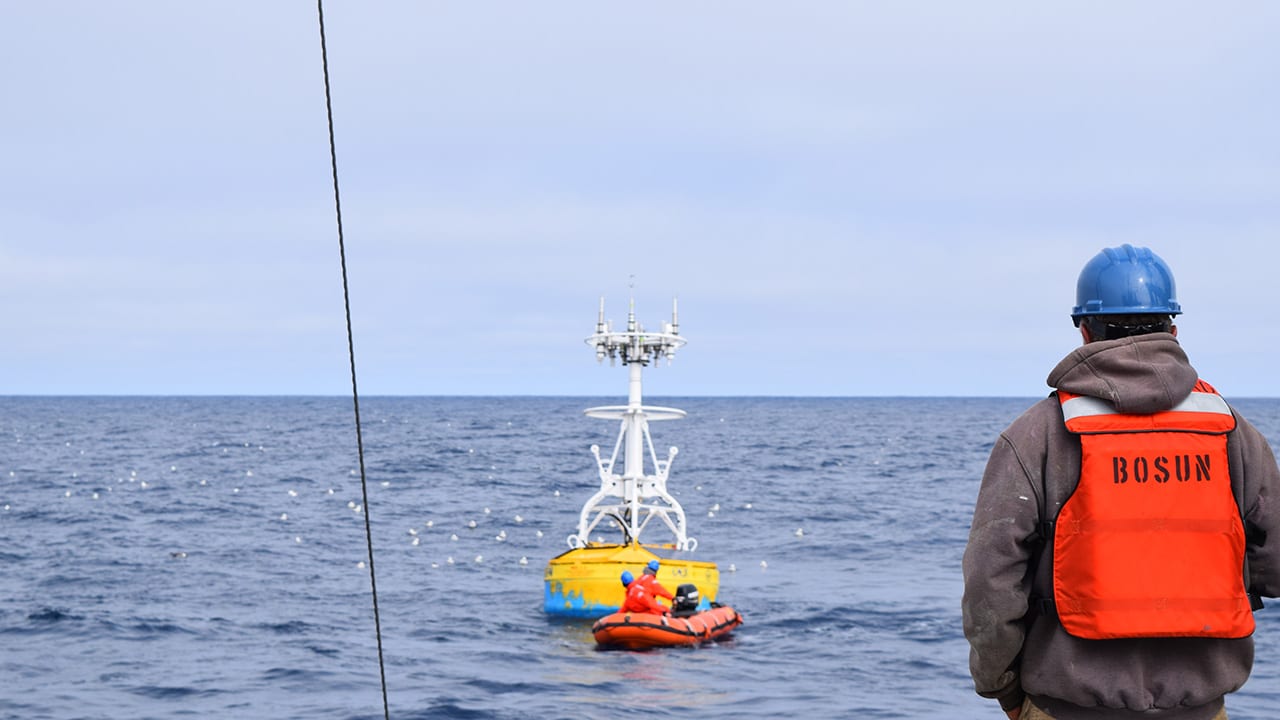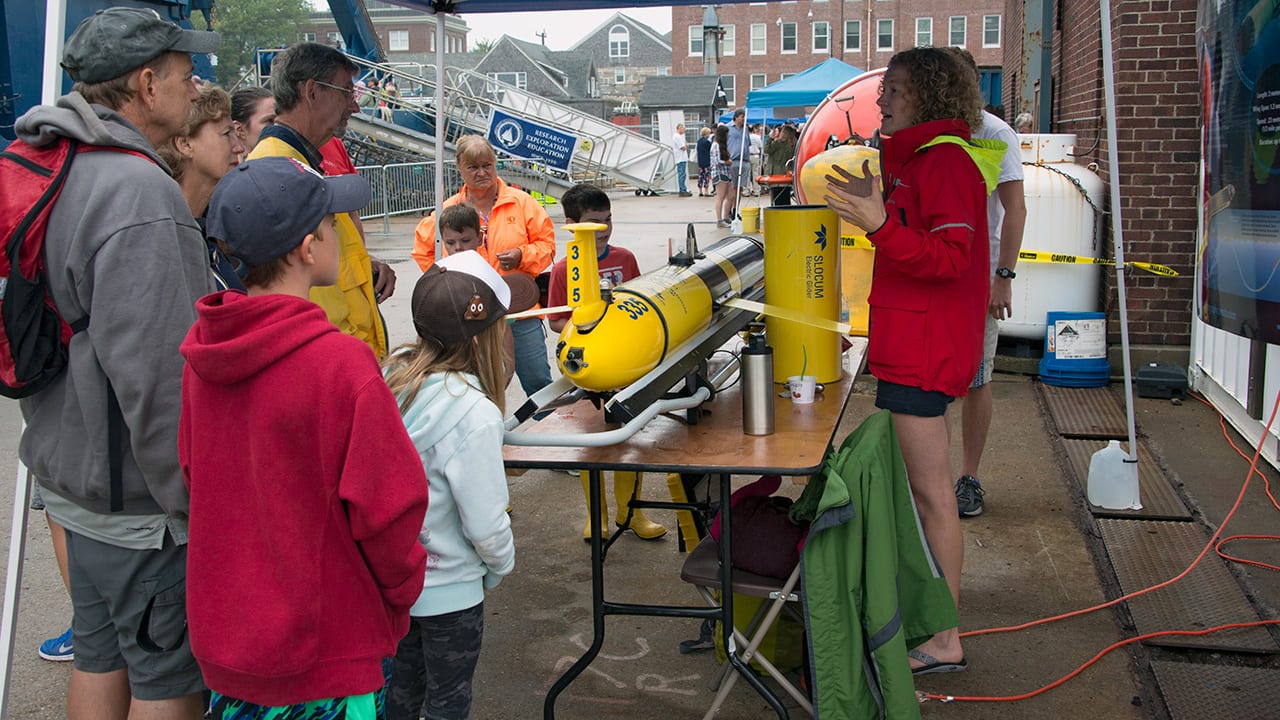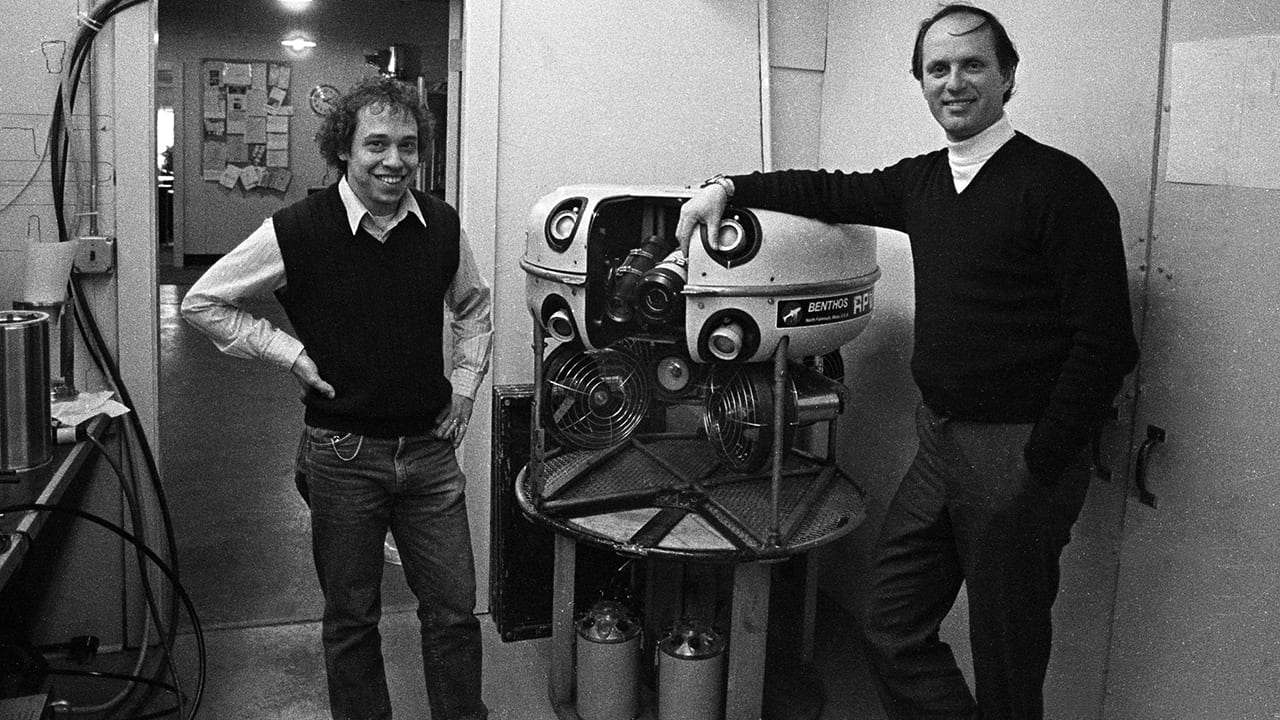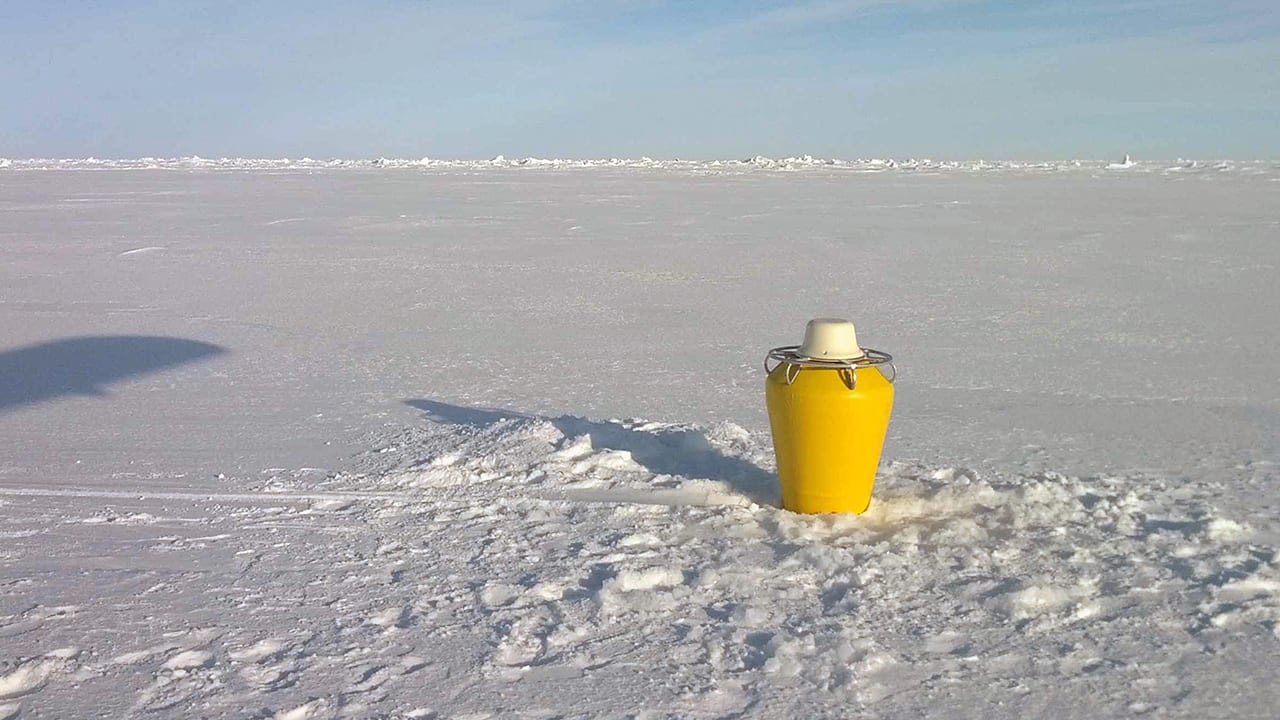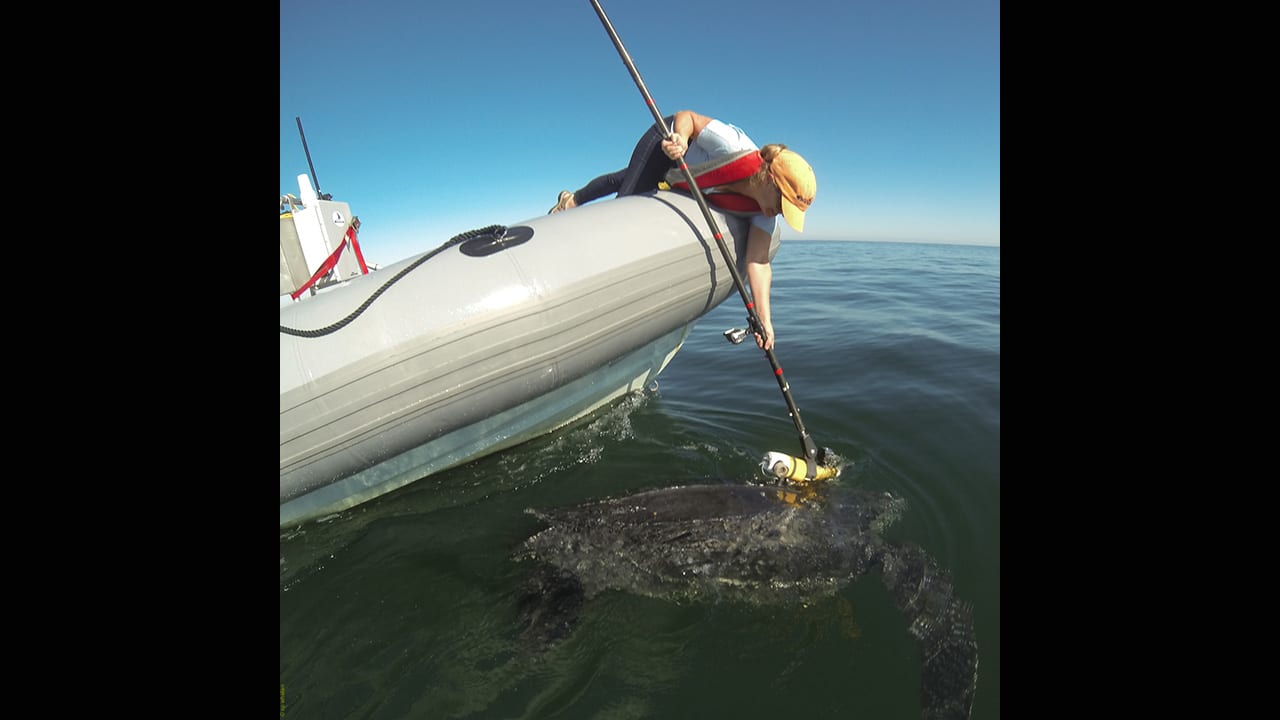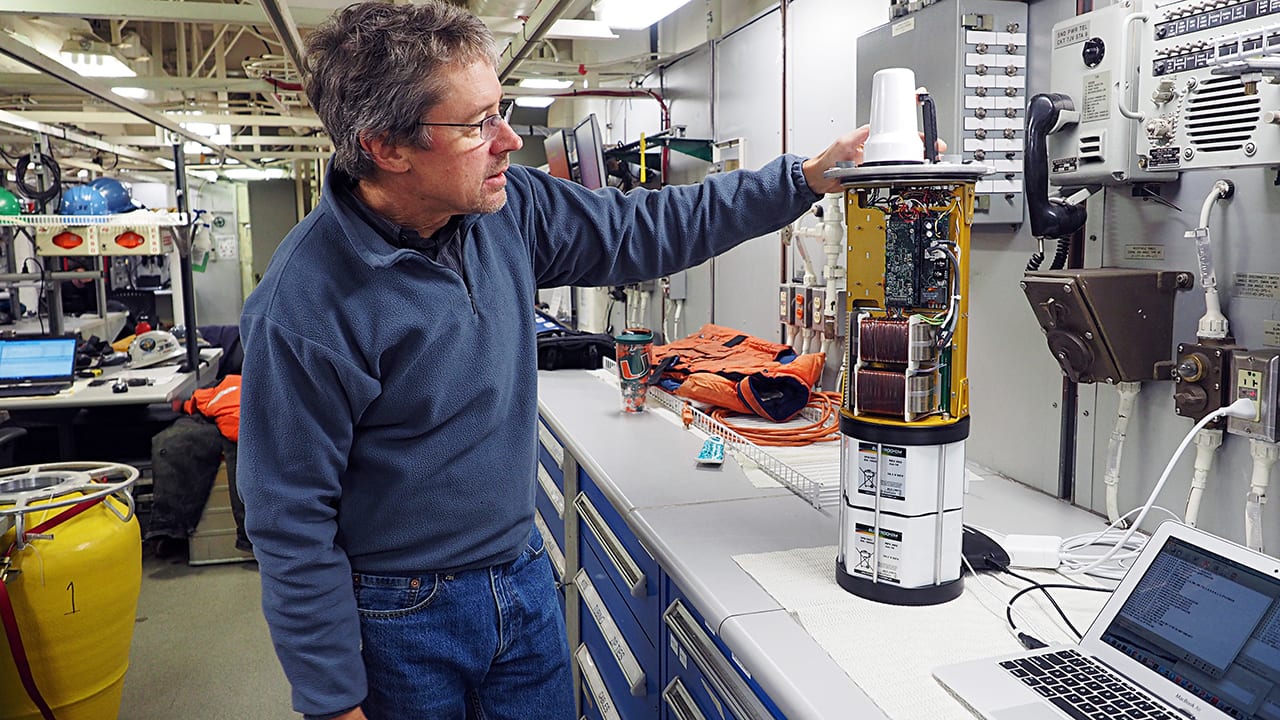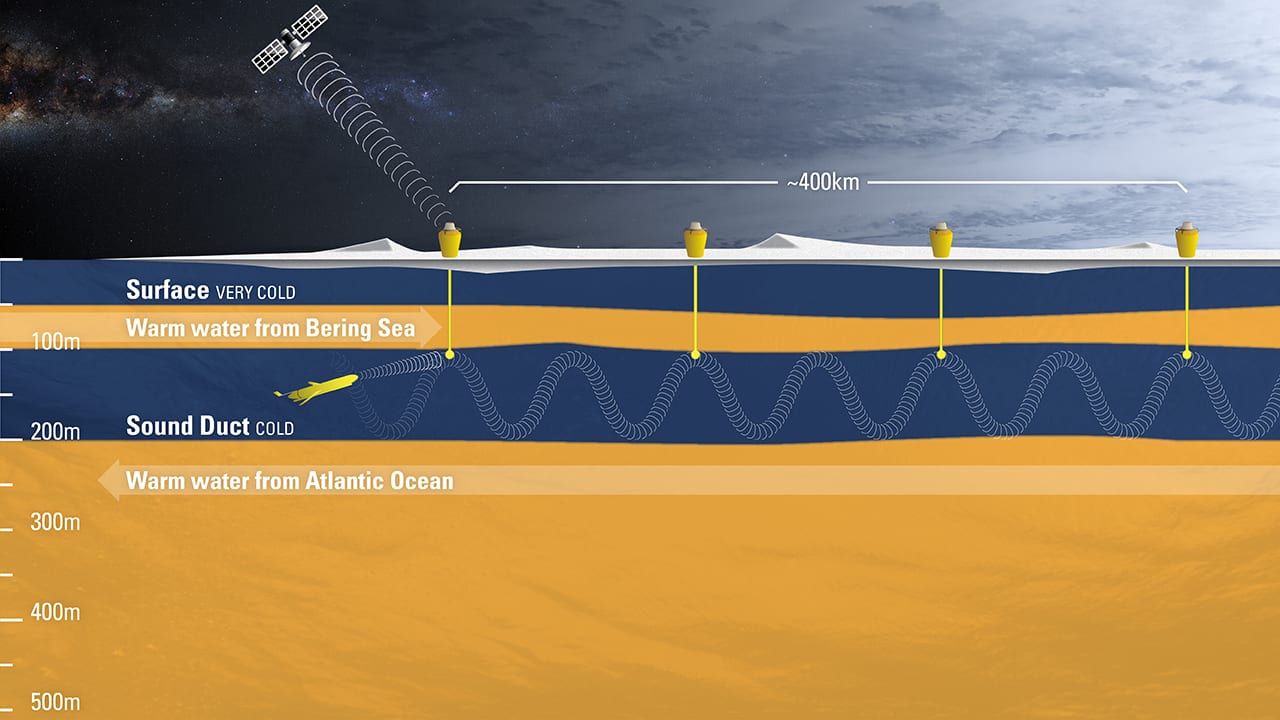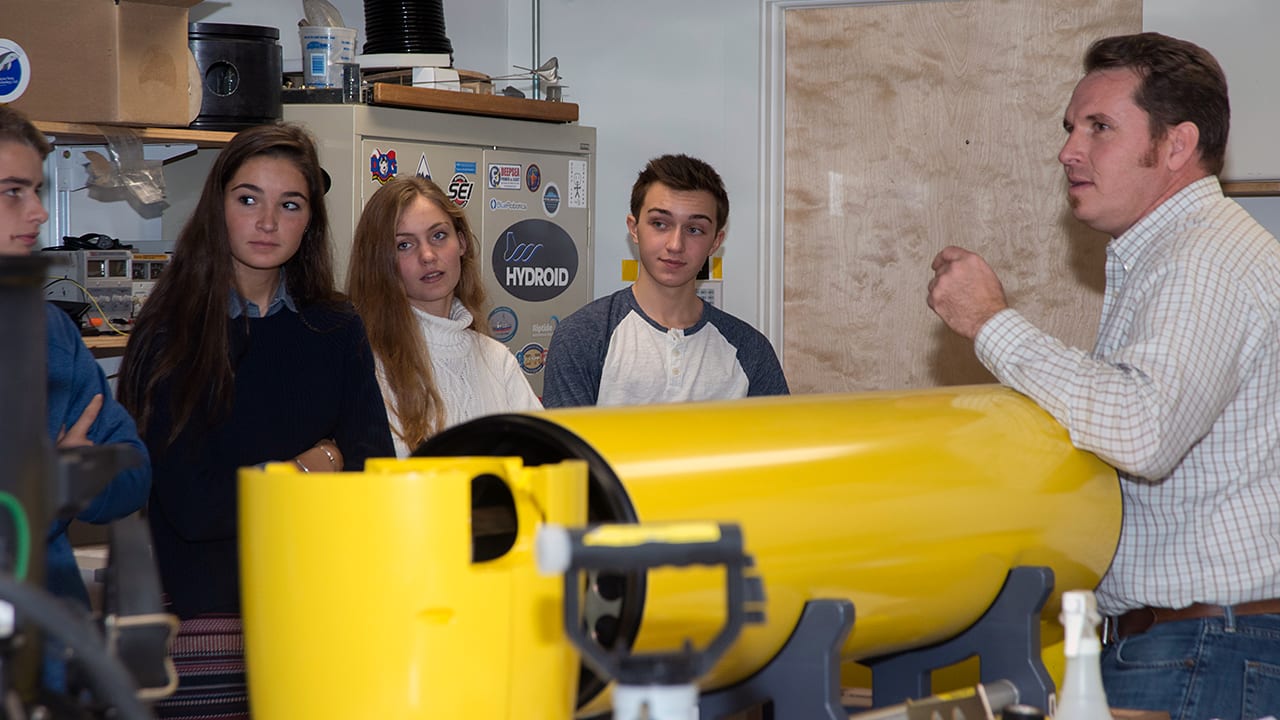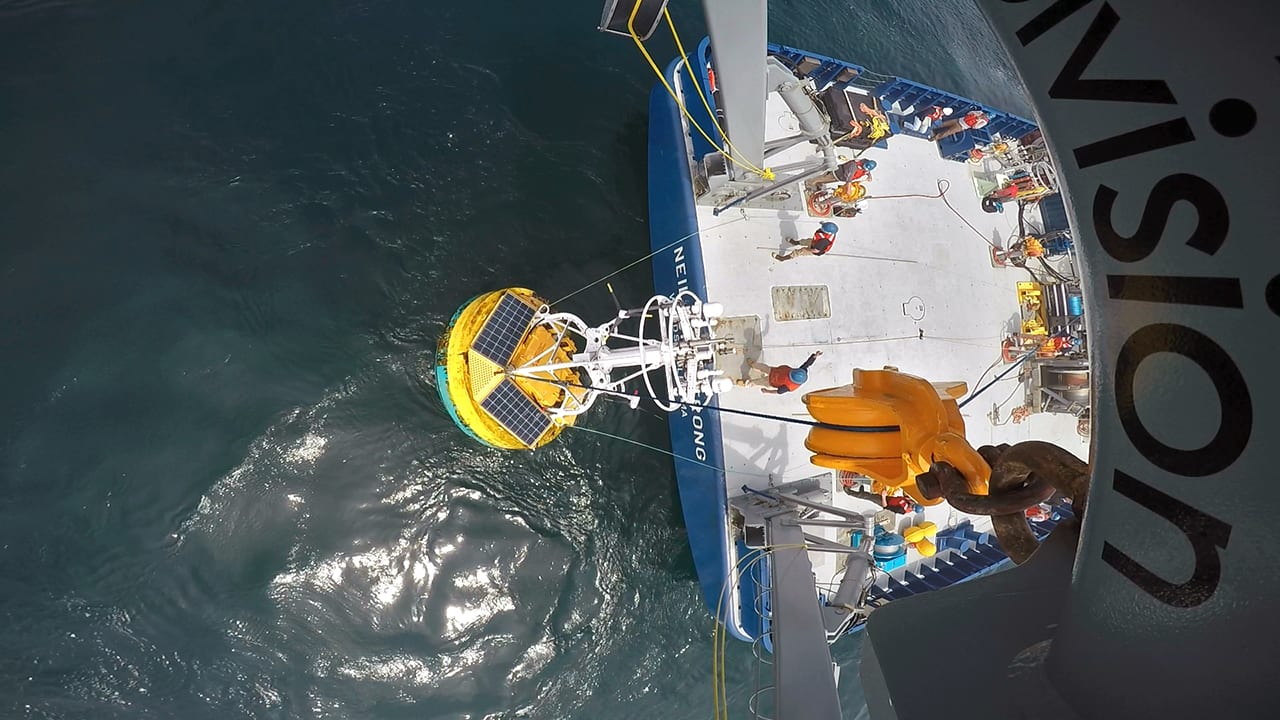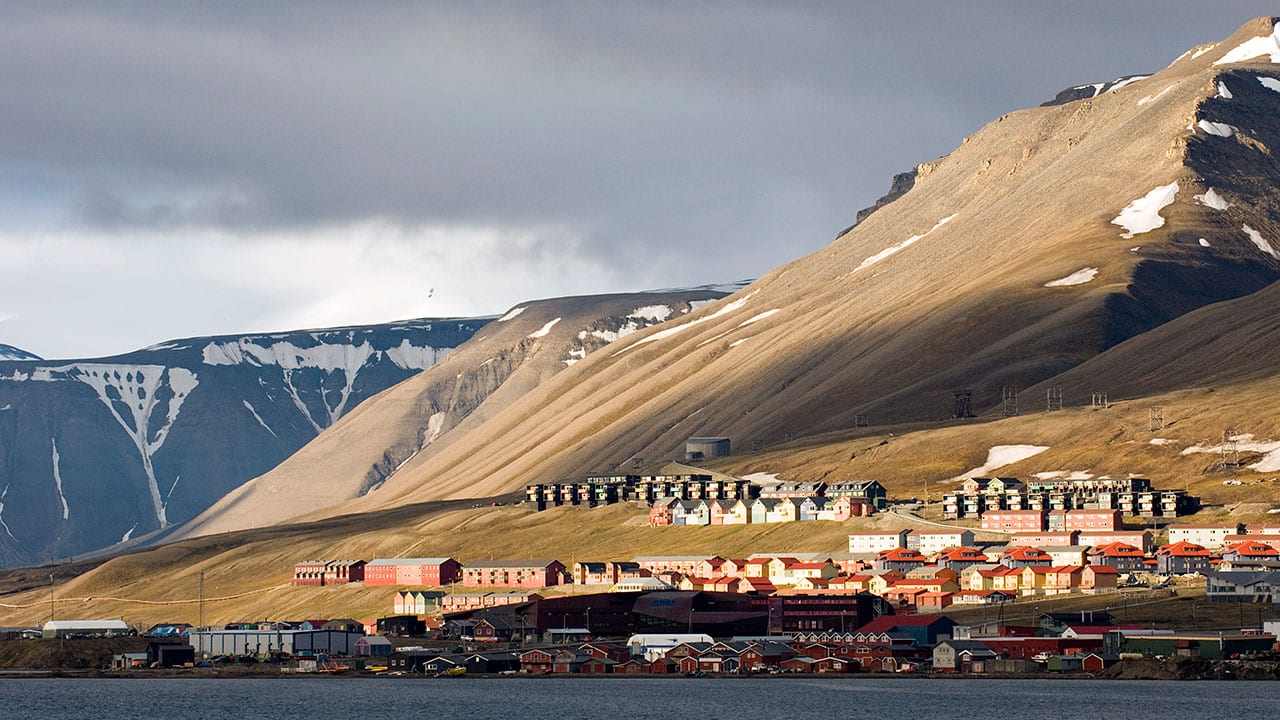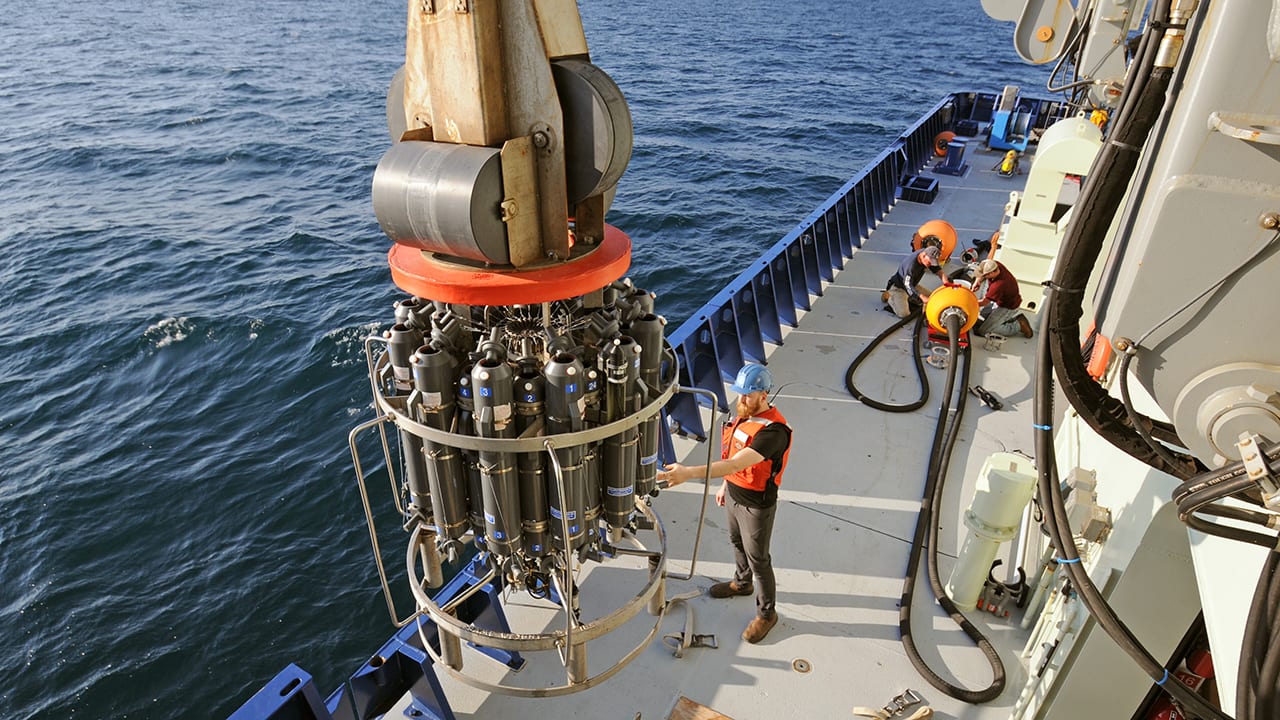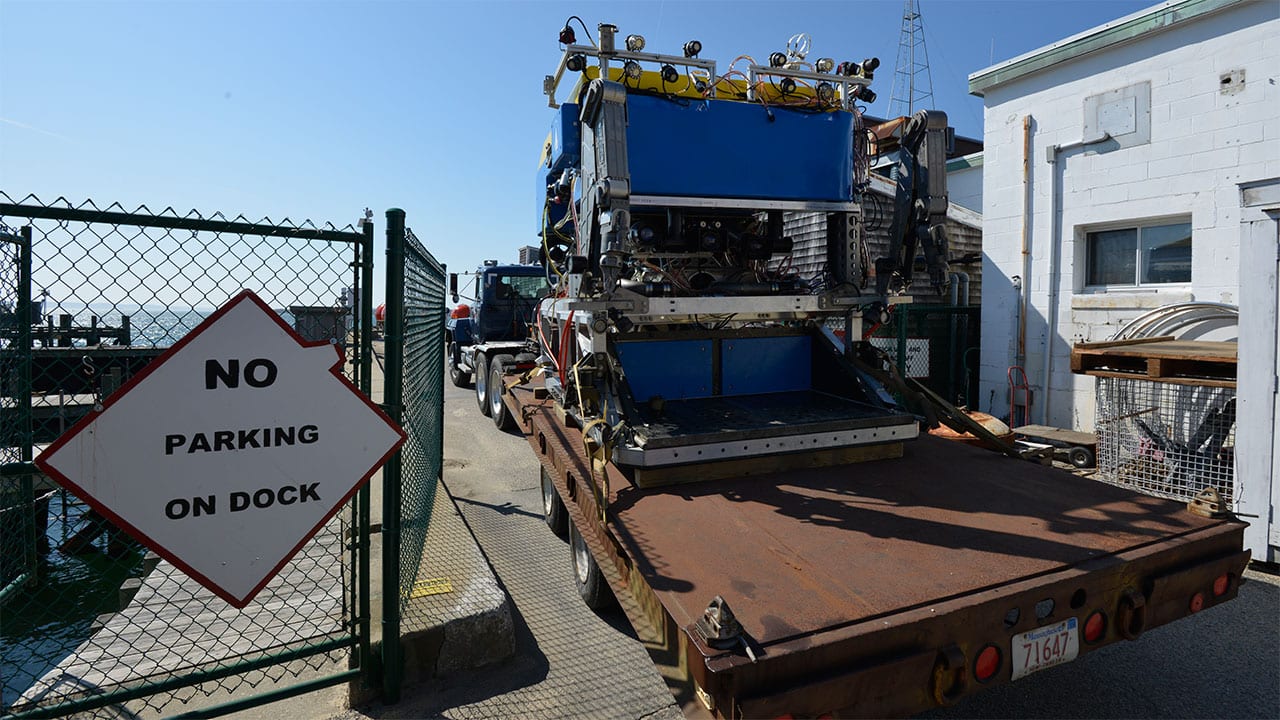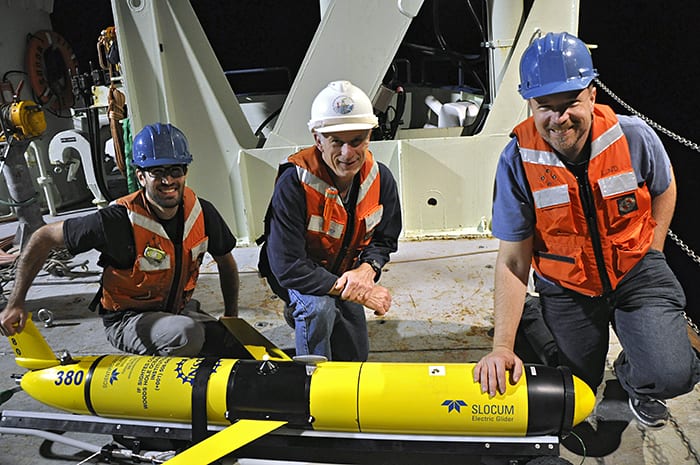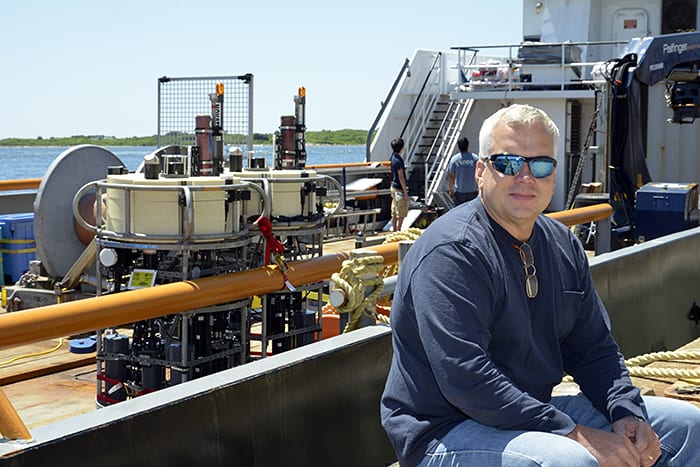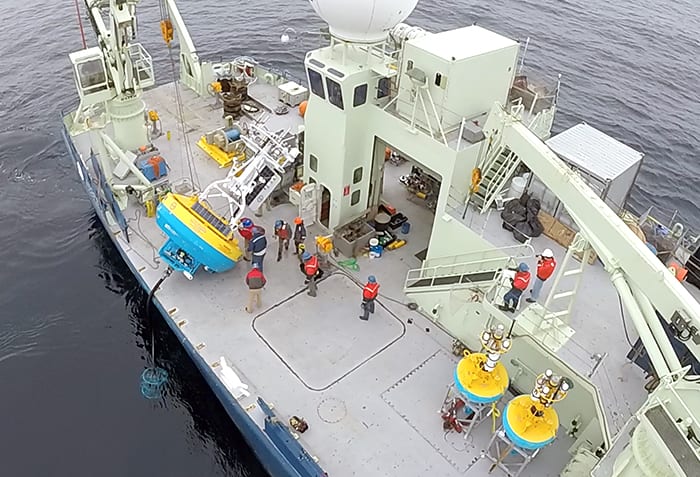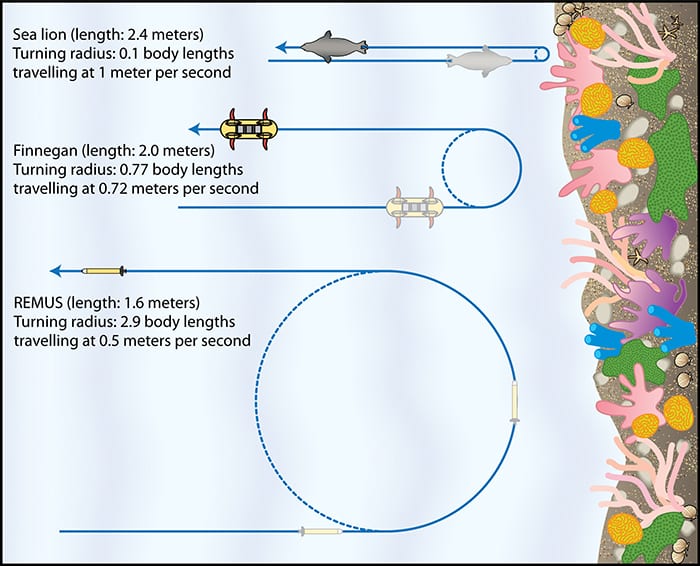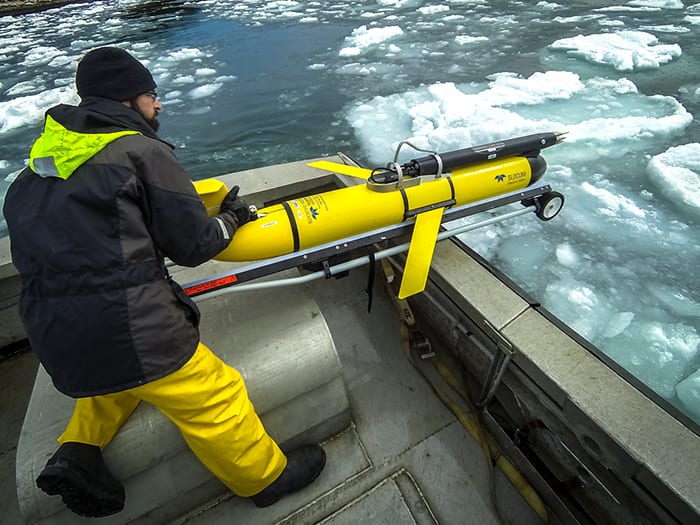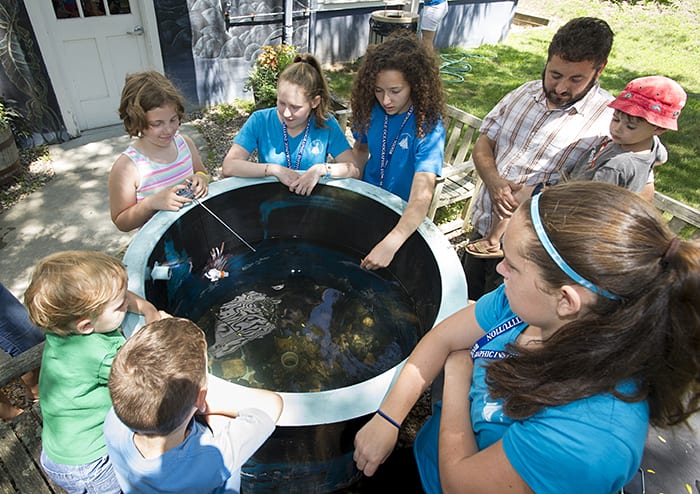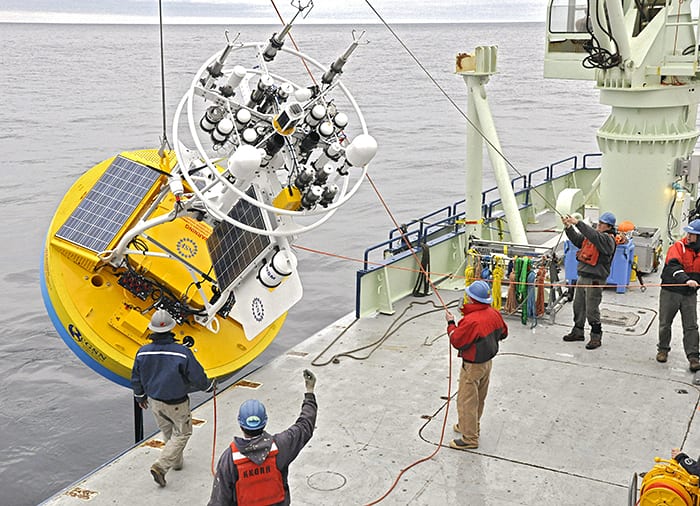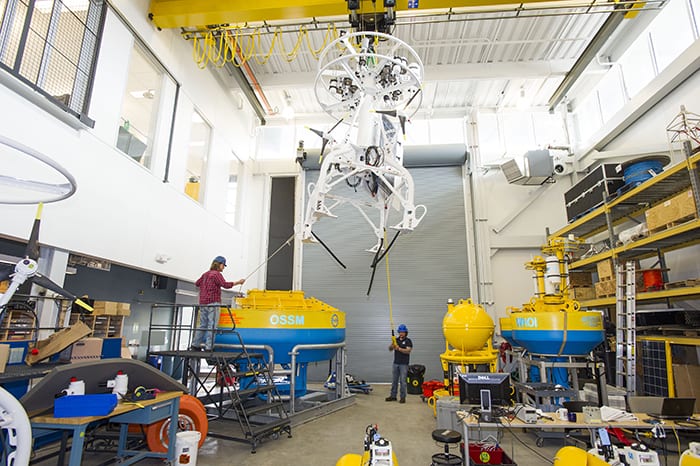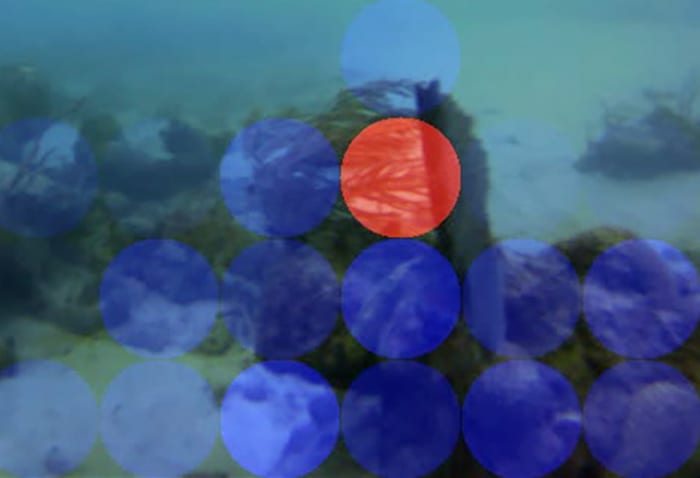Multimedia Items
Hands-on Science
WHOI assistant scientist Erin Fischell showed visiting member of a U.S. Army youth leadership group some of the autonomous underwater vehicles she uses in her research. Fischell, who graduated from…
Read MoreDiving for Data
Bosun Pete Liarikos (left) and UNOLS technician Drew Cole recover an ocean glider from the water onto research vessel Neil Armstrong on a recent trip to the Ocean Observatories Initiative’s…
Read MoreTesting Transmissions
This summer, WHOI robotics and acoustics researcher Erin Fischell (right) used autonomous underwater vehicles (AUVs) called Bluefin SandSharks to record sounds in Ashumet Pond, Falmouth. Before deploying the lightweight, bright…
Read MoreOcean Observations
Research vessel Neil Armstrong bosun Pete Liarikos keeps a watchful eye on small boat operations during recovery of a surface buoy at the Global Irminger Sea Array of the Ocean…
Read MoreScience on the Pier
Senior engineering assistant Diana Wickman (right) talks with visitors to the WHOI pier at the recent Woods Hole Science Stroll. On the table in front of her is a yellow…
Read MoreC-3PO, Meet RPV-340
When WHOI’s Deep Submergence Laboratory (DSL) was established in 1983, WHOI scientists Bob Ballard (right) and Dana Yoerger used a small vehicle called RPV-430, built by Benthos, Inc., as a…
Read MoreCommunicating Under Ice
A lone buoy sits atop Arctic sea ice in the Canadian Basin—a yellow dot in a vast field of white. Suspended in the water below the buoy, a beacon sends…
Read MoreFollow the Turtles
Kara Dodge, a postdoctoral investigator at WHOI, tags a leatherback turtle during a 2016 expedition in Vineyard Sound. Dodge and WHOI engineer Amy Kukulya are the brains and muscle behind TurtleCam, an initiative they…
Read MoreInside A New Communications System
WHOI research engineer Lee Freitag, aboard the U.S. Coast Guard icebreaker Healy, displays the electronics that is part of a long-range sound-based communication and navigation system that he and a team of…
Read MoreArctic Sound Duct
WHOI engineers led by Lee Freitag have developed and tested a long-distance communications system that would transmit and receive signals under Arctic Ocean sea ice. They exploited a naturally occurring…
Read MoreInspiring the Next Generation
As part of Falmouth High School’s annual career day, WHOI scientists and engineers step up to inspire the next generation. Rather than travel to the classroom, the scientists and engineers…
Read MoreBuoy’s Eye View
WHOI engineer John Kemp (center) signals to the winch operator on R/V Neil Armstrong during the recovery of an Offshore Surface Mooring from the Ocean Observatories Initiative’s Coastal Pioneer Array.…
Read MoreEndless Summer
On an endless summer day in 2007, WHOI scientists gathered at the gateway to the Arctic Ocean in Longyearbyen (population 1,800), the largest settlement on the Norwegian island of Svalbard,…
Read MoreTool of the Trade
Instruments like this, known as a CTD rosette, are a mainstay of oceanographic research. CTD stands for conductivity (which provides a measure of salinity), temperature, and depth. In this case,…
Read MoreReady for Splashdown
WHOI’s remotely-operated vehicle (ROV) Jason heads onto the dock in Woods Hole after undergoing a $2.4 million overhaul funded by the National Science Foundation that included a year-long engineering effort and took…
Read MoreGliding Away
WHOI scientist Al Plueddemann (center) and engineers Aidan Alai (left) and John Lund (right) prepare a glider for deployment. Gliders are autonomous underwater vehicles that moves through the ocean by changing their…
Read MorePioneering Array
WHOI’s Ocean Observatory Initiative (OOI) Program Manager, Paul Matthias, sits in front of two coastal surface-piercing profilers. Deployment of the instruments recently marked the completion the six-year design and build…
Read MoreBuoy Overboard
A surface buoy is prepared for deployment from the R/V Knorr. The buoy contains communications equipment and serves as flotation for a Coastal Surface Mooring in the Pioneer Array. The…
Read MoreCopy Cat
Turtles, dolphins, and seals are masters at maneuvering in the water. So it’s no surprise that vehicle deisgners occasionally look to them for inspiration when trying to make new generations…
Read MoreCold Feat
Gliders are autonomous underwater vehicles that change pitch and buoyancy to generate forward motion, and carry instruments that gather data on physical, chemical or biological properties of the water. Their…
Read MoreSubs Away!
WHOI voluteers show a group of visitors how to pilot a remote-controlled submarine outside the Ocean Science Exhibit Center recently. The popular activity with be part of the Woods Hole…
Read MoreOcean Weather Station
Heavily instrumented buoys like this Coastal Surface Mooring (CSM) being recovered aboard the R/V Knorr, are part of the NSF-funded Pioneer Array, a network of moorings, gliders, and autonomous underwater vehicles (AUVs)…
Read MoreBuilding the Observatory
In the high bay of WHOI’s Laboratory for Ocean Sensors and Observing Systems (LOSOS), Jared Schwartz (left) and Steve Caldwell guide a surface mooring tower onto its base, for the…
Read MoreRobotic Point of View
WHOI scientist Yogesh Girdhar is working to endow underwater robots with an ability that is particularly human: curiosity. Specifically, he is writing algorithms that will allow robots to distinguish interesting…
Read More
